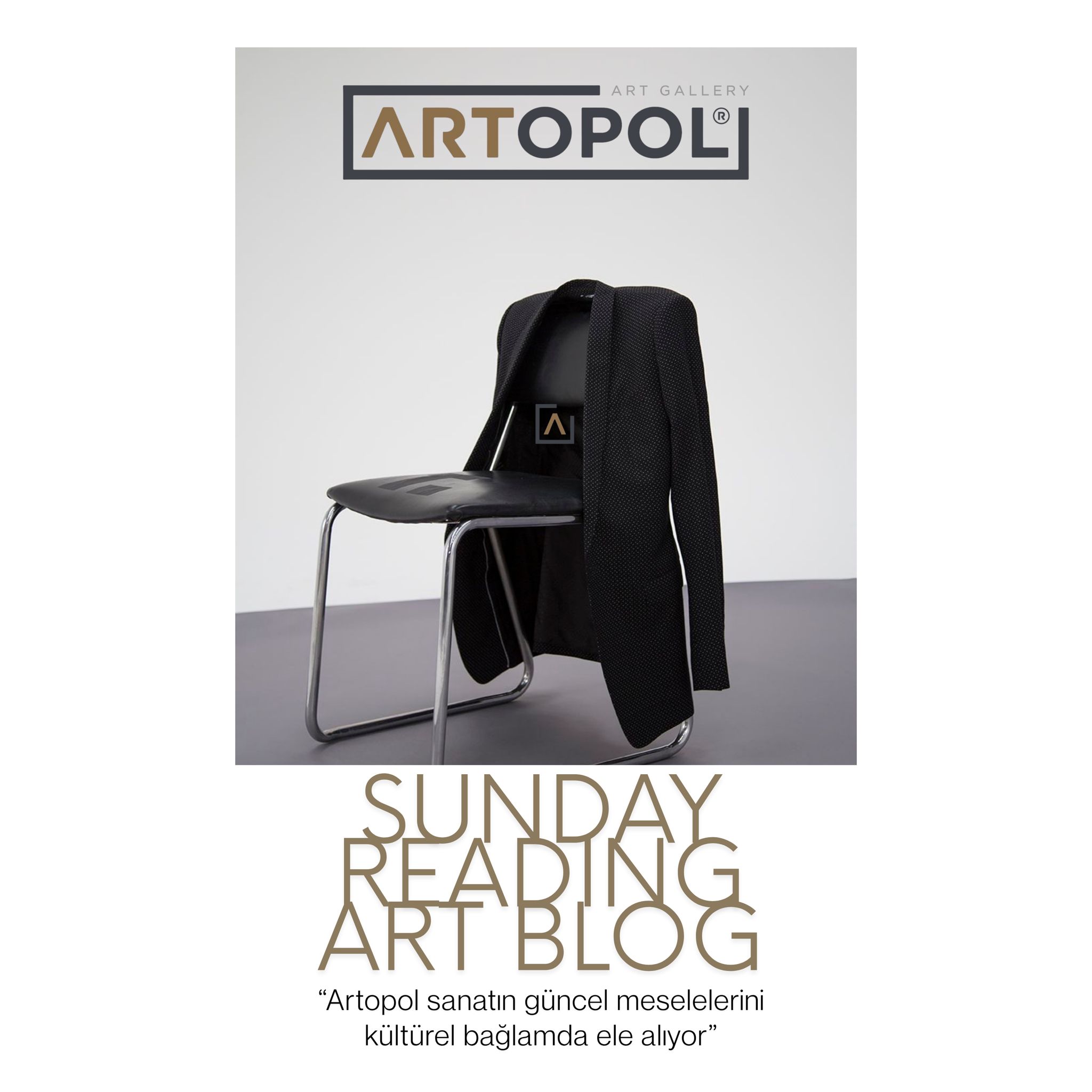What Is Art Collecting?
A collection is a term of French origin. It refers to the gathering and classification of objects based on their characteristics for purposes such as utility, learning, pleasure, enjoyment, preservation, profit, or benefit. It can be done as a hobby or for commercial purposes. Professional collecting for commercial purposes is subject to legal regulations. Individuals who create collections or engage in collecting are called collectors.
While artworks evoke beautiful associations in people, they are also creations in which the artist combines imagination with skill, enhancing the viewer's imagination and intellectual world. A person who consciously preserves and protects various artworks and valuable paintings by important artists is called an art collector.
Art collectors can be classified as follows:
Individual Collectors
Art enthusiasts who store and preserve artworks for their personal enjoyment.
Public Institutions
Museums, state banks, and university collections fall into this category. Especially in developed countries, greater value is placed on artworks, and there are more spaces such as museums for exhibition.
Commercial Companies (Institutional and Private Bank Collections)
Companies that sell artworks to private museums, individual collectors, or government institutions for use in their collections. These companies also accumulate valuable works like collectors and sell them.
Private Museums
There are also museums that are not state-owned. Some artworks in these museums can be exhibited to generate revenue (entry fees). Sometimes private museums belong to individual collectors and their works can be exhibited free of charge.
How Can You Start Collecting Art?
Collecting usually begins with motivation and often arises after a sense of loss. Owning an object from a past era can mean capturing a moment in time or holding onto the person associated with the object.
It is important to distinguish between hoarding and collecting. A collection offers coherence and meaning. Collecting involves the process in which art enthusiasts dedicate their time, financial resources, and effort to selecting, purchasing, and assembling related objects.
While it cannot be generalized whether individual art buyers share similar personalities in making their acquisitions, common traits include being educated in art, eager to learn, and preferably having been exposed to art from an early age. Knowledgeable, passionate, naturally curious, and ready to explore the possibilities of acquiring artworks, such individuals can begin their journey as collectors. This challenging path can become a major passion for many people.
You can also check our article on Decoration and Art: The Importance of Art in Spaces.
What Perspective Should You Have to Become an Art Collector?
Collecting can manifest as a passion, a mission, and a desire to support artists. Many artworks may be desired by hundreds, but only one person can own a particular piece. Thus, collecting is like a continuous competition. The perspective should involve approaching art with love and maintaining a passionate determination.
How Should You Plan a Budget for Art Collecting?
One of the most crucial factors for your passion is the budget you can allocate for artworks. Today, it is possible to build a collection suitable for almost any budget. Therefore, a collector with a moderate income can access contemporary works by young, emerging artists at various price points. The most important works are those that resonate with you—not necessarily the most expensive—but those that appeal to your aesthetic taste and fit your budget.
How to Discover Emerging Artists?
Artworks that are now very expensive may have once gone unsold, and their creators may have struggled without recognition. Many painters whose works now command high prices never witnessed their own fame. Therefore, discovering these overlooked talents has become even more important. Here are some tips for discovering these hidden stars.
Artists producing innovative and unique works often become highly valuable in the future. As mentioned earlier, works that were not appreciated initially can become the most prized pieces. Thus, trust your aesthetic judgment, avoid prejudice, and evaluate the artwork accordingly.
The aesthetic pleasure a piece provides, not its market value at the time of creation, is what matters. If a work excites you and stirs your emotions, it is already valuable.
If you only visit galleries featuring famous artists, you will miss the opportunity to discover emerging talent. Visiting lesser-known, smaller galleries allows you to overcome this limitation. Keep your criteria flexible while conducting research to broaden your perspective.
How Should You Choose the Gallery to Buy From?
Art galleries are commercial establishments where artworks are bought, sold, and exhibited. Selling paintings is their business. A gallery is an art shop but different from an antique store. Artists create and sell artworks to sustain their practice, and galleries professionally handle these transactions. Here are some tips for choosing the most suitable gallery for you.
Budget
Galleries can be categorized based on pricing. Some feature very expensive works, while others offer pieces accessible to the general public.
Fair Pricing
Galleries should price artworks appropriately. Many criteria must be considered to determine a fair price, balancing both moral support for the artist and financial interests.
Original Work
It is the gallery's responsibility to verify that artworks are not stolen or counterfeit.
Easy Returns
Providing hassle-free returns gives a gallery an advantage in customer satisfaction.
Payment Options
Ensuring smooth payment options is essential for galleries.
Quality Artworks
Galleries with managers capable of selecting the right works make it easier to find pieces that appeal to you.
Target Audience
Galleries catering to a broad audience are more likely to have works that meet diverse tastes.
What Makes a Good Collection?
A good artwork is one that provides aesthetic pleasure and excites the viewer. Price and others’ opinions should not be primary criteria.
How Should Works Be Selected for a Good Collection?
There are key points to consider when selecting works. Firstly, the piece should align with your personal taste. Secondly, choose galleries that instill confidence in the originality of the work. Lastly, the artworks should be displayed in harmony with each other. This ensures a successful collection.
What Are the Requirements for Collecting?
As mentioned earlier, collecting can be done as a hobby or for commercial purposes. Professional commercial collecting is subject to legal regulations. Individuals and legal entities can create collections of movable cultural assets requiring protection with a permit issued by the Ministry of Culture and Tourism. Although purchasing artworks is legal, acquiring and selling certain protected works must comply with official regulations. In other words, these works are under state protection.



